Is dance a sport? Exploring the athletic side of dance and how it can benefit children
The great debate: Is dance a sport or an art?
Sport, described by the Cambridge Dictionary, is a game, competition, or activity that requires physical effort and skill, adheres to rules, and is undertaken for enjoyment and/or professionally.
Whereas art is defined as the making of objects, images, music, etc. that are beautiful or that express feelings. Art can take many forms and serves to communicate, provoke thought or evoke feelings, contributing to the cultural richness of human expression.
What we get from these definitions is that: for an activity to be considered a sport, it will demand skill, physical exertion and will typically involve a competitive element. Dance fits the criteria with its requisite skill, physical effort and competitive nature.
On the other hand, art requires the conscious use of skill and creative imagination to express ”beauty”. Dance fits this criteria as well, whether it’s the classical elegance of The Nutcracker or the expressive storytelling of a modern dance piece. So, is dance strictly a sport, an art, or a unique blend of both?
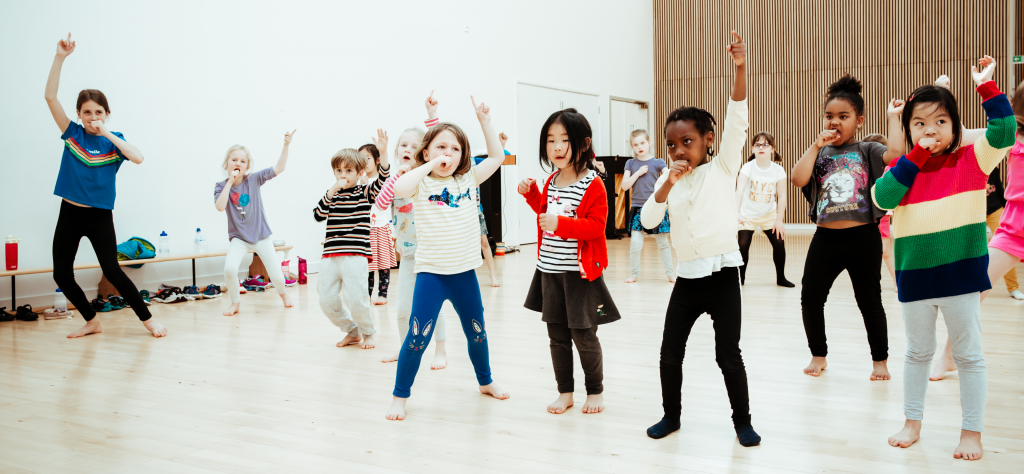
Waltzing back to memory lane: A history of dance
Throughout history, dances have reflected the physical and cultural dynamics of their time, evolving with cultural shifts. From the elegance of ballet to the free-form expression of street dance, each style contributes to the rich diversity of the dance world.
Ballet (17th century):
Originating in the Italian Renaissance courts of the 15th century, ballet gained popularity in France during the 17th century. It is characterised by formalised, stylised body movements and has a strong emphasis on storytelling.
Waltz (18th century):
The waltz emerged in the 18th century in Central Europe and became a symbol of elegance and grace. The waltz requires two dancers and is characterised by a smooth, whole body, rotating movement.
Swing and jazz (20th century):
The swing era, particularly in the 1930s and 1940s, brought energetic partner dances like the Lindy Hop. Jazz dance, with its roots in African American traditions became popular during this time, requires skill in improvisation and syncopated rhythms.
Street dance (late 20th century):
Street dance came about from urban environments, including styles like hip hop, breaking and locking. Street dance became a cultural movement in the late 20th Century, expressing social and political issues. Street dance requires strong leg muscles and good athletic activity to give more power for jumps and leaps.
Contemporary dance (20th century onwards):
This dance emerged as a reaction to the rigidity of classical ballet, contemporary dance incorporates elements from various dance styles.
Latin dances (20th century):
Latin dances gained popularity in the mid-20th century and include the salsa, cha-cha and samba. These dances are known for their rhythmic hip movements, vibrant footwork and passionate choreography.
Enough of this history lesson! Whether dance is considered a sport or not, encouraging kids to get involved in dance offers multiple physical, mental, and social benefits. Dance is a dynamic activity that promotes cardiovascular fitness, flexibility, strength, and overall physical health.
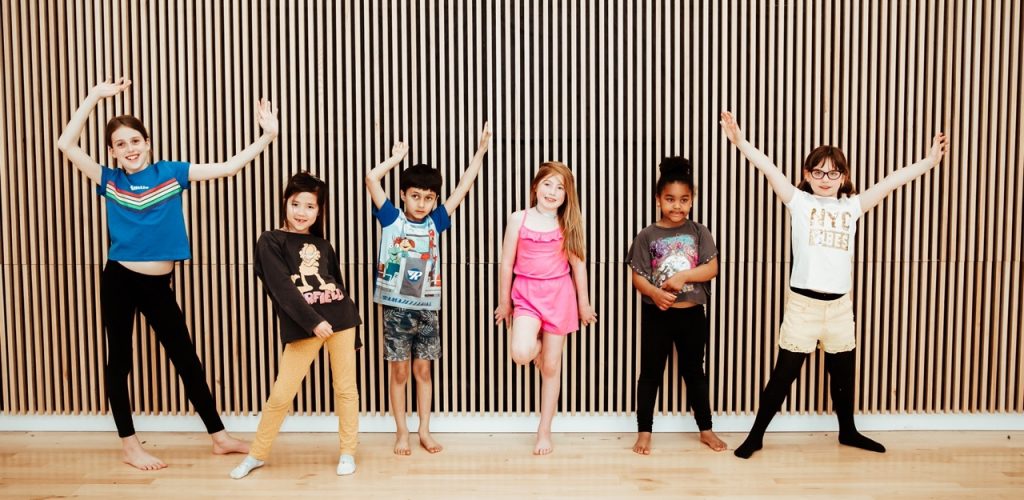
Dancers must be flexible
Flexibility is crucial for athletes, including dancers who rely on it for their routines. However, flexibility can improve with practice and hard work over time.
In dancing, the goal is to create an illusion of effortlessness, making complex movements seem easy. Dancers strive to convey a sense of ease while, in reality, they contort their bodies into intricate shapes that demand considerable effort. This necessitates a high level of flexibility to achieve the necessary reach and execute challenging poses.
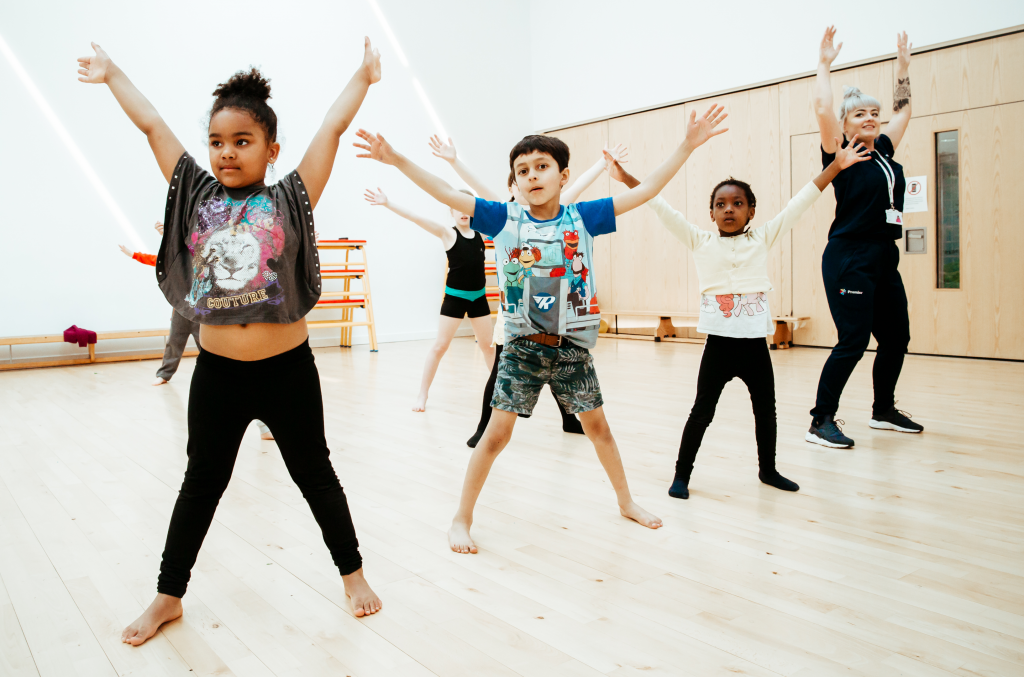
Dancers have to practice regularly
Dancing demands consistent and dedicated practice, much like any other sport.
Think of it as attending regular dance classes where dancers not only sharpen their dance moves but also compete, showcasing their physical prowess.
In essence, dancers train similarly to athletes in other sports, refining their physical abilities. This commitment aligns with the principles emphasised by the International Olympic Committee. Just as an athlete must stay in top form to perform well, dancers must also train regularly to maintain and enhance their skills on the competitive stage.
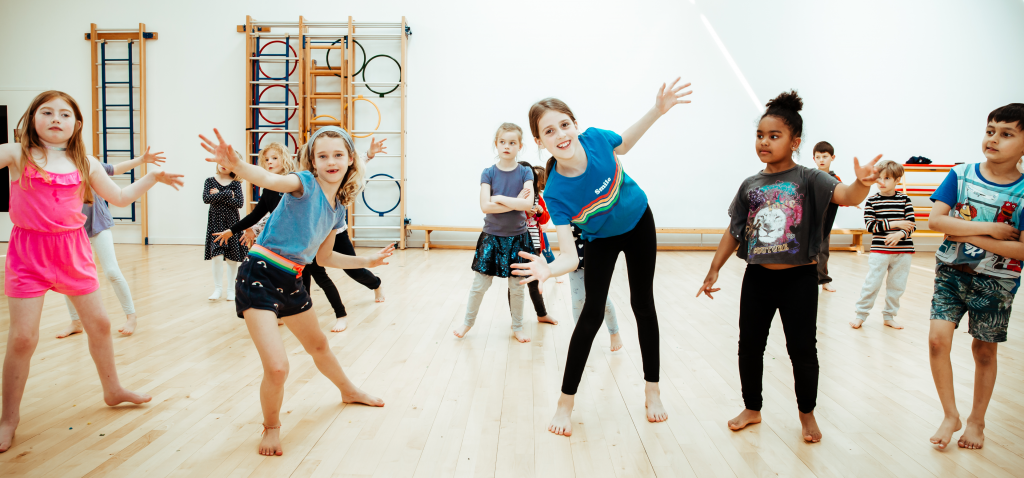
Dancing is physically difficult
To be able to perform at regional and national competitions, these athletes must endure a rigorous dance schedule in order to perform to the top of their capabilities.
Professional dancers exert force and control over various body parts, including feet, hips, arms, shoulders, hands, back, neck, legs, and head.
This coordination, developed through rigorous training, allows them to move elegantly and precisely and build physical prowess.
The question at hand, is dance a sport? can be answered when dancers showcase their ability to move gracefully, quickly and accurately for a diverse audience, which is the perfect blend of art and sport that captivates the world through the language of music and movement.
For children who might not be inclined towards traditional sports, dance provides an inclusive and enjoyable alternative. Dance offers an art form, a sense of community and belonging, as kids collaborate with other pupils in a positive and supportive environment.
In addition, dance is known to enhance cognitive abilities, including improved focus and memory.
Dancers need to have good endurance
Dance as a sport or art form requires hours of practice for performing well in dancing competitions, often these athletes have to withstand hours of dance practice, even when their bodies are fatigued.
For example, professional ballet dancers have acquired the skill to maintain precision and grace within their dance routine, which is crucial when performing synchronised movements with fast-paced music at dance competitions.
Falling out of rhythm and focus can disrupt the flow of their performance. A good dancer will use dance as a form of artistic expression and use their entire body cohesively, even with their facial expressions.
For children, learning dance can significantly benefit their understanding of sports, enhancing their coordination, flexibility, and overall physical fitness.
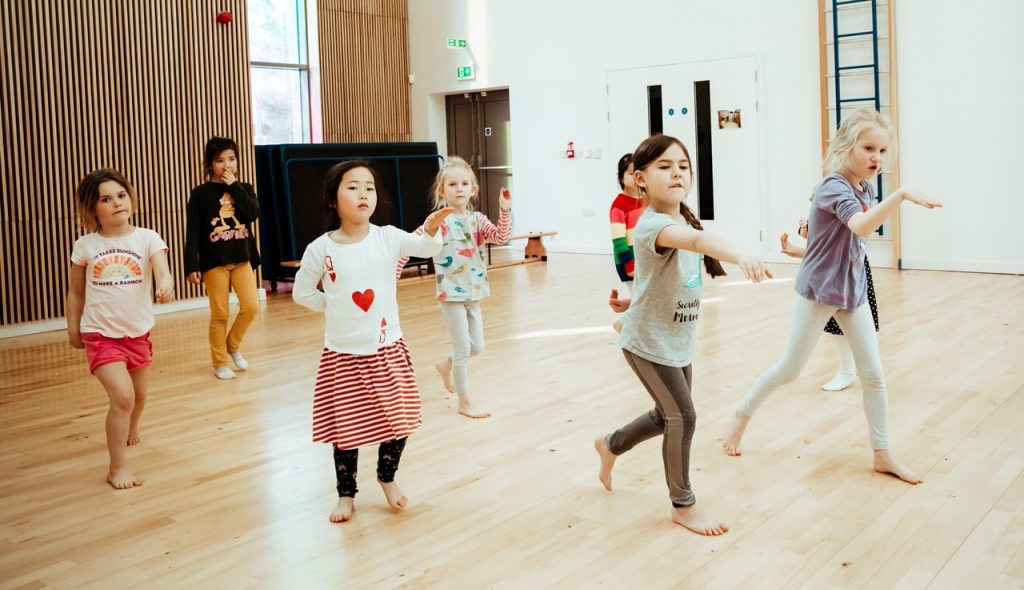
Body movement and rhythm connection
Body movement and rhythm are connected in dance, making it a unique and expressive form of physical activity.
At Premier Education, we believe dance is not just an art but a sport that offers numerous benefits for kids.
Engaging in dance enhances body awareness, coordination, and rhythm. Whether kids are participating in structured dance classes or simply following the latest TikTok dance trend, they are developing essential motor skills and a deeper connection between their bodies and rhythmic movements.
Incorporating dance into physical education at school can contribute to a more positive approach to exercise, promoting not only physical fitness but also creativity and self expression.
As TikTok dances continue to gain popularity, they provide a fun and accessible way for kids to stay active while honing their body movement and rhythm skills. Follow us on TikTok for some inspiration to get moving!
Dance is a combination of art and sport
You might not necessarily think of dance straight away when you think of sports, as a professional dancer will be different to athletes involved in sports such as basketball or football players because of the low-impact movements.
However, dance is a sport and a dancer can be considered just as much of an athlete as a competitive basketball player. According to Dance Consortium, dancers excel as athletes in every sense of the term, as dance is an athletic activity requiring skill, that can be very physically demanding.
An athlete is someone who is considered gifted in exercises or competitions involving physical agility, stamina or strength. Yet, dancers aren’t just athletes, they’re artists too.
This unique blend brings out a powerful and expressive performance, both emotionally and physically.
Explore our Stay Active resources, offering a plethora of suggestions to encourage movement, with downloadable guides and videos. Take a look or refer to this guide for additional ways to promote an active lifestyle for your family at home.

